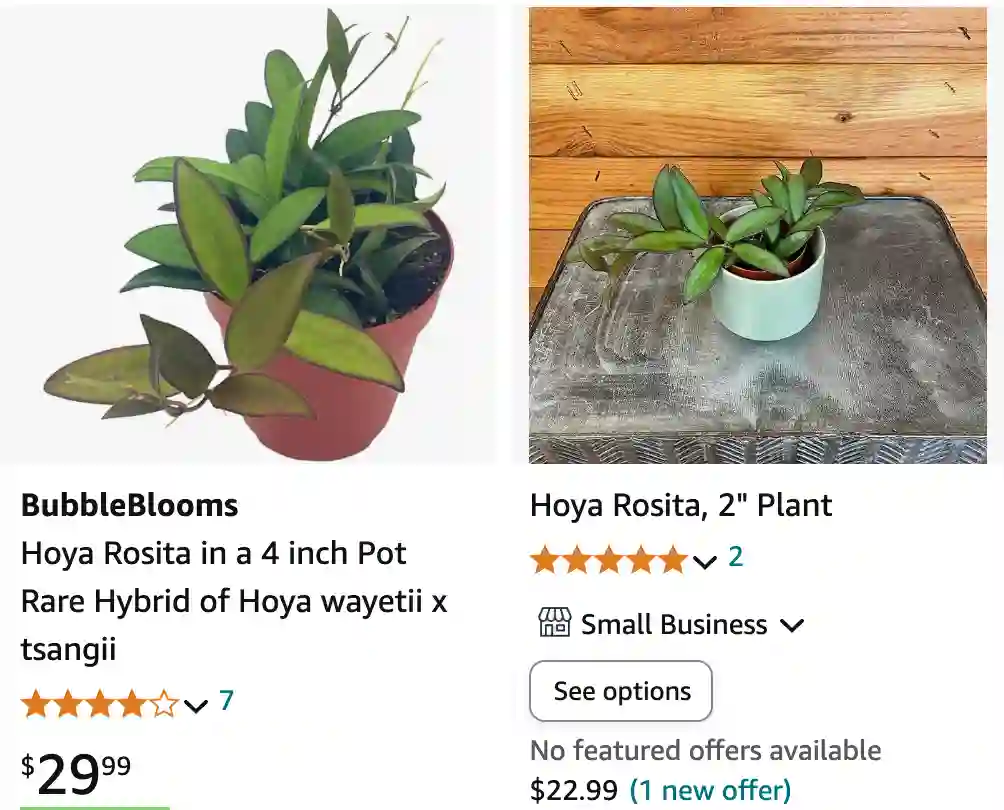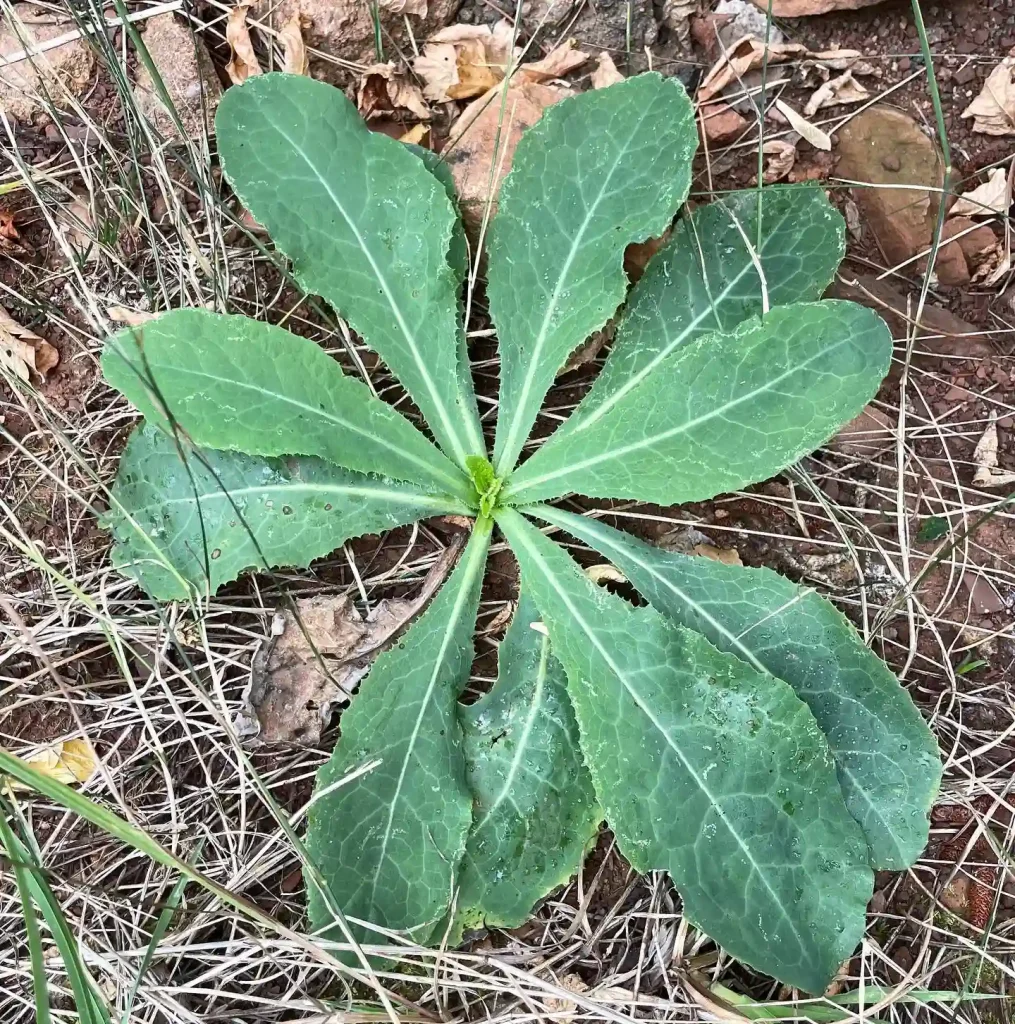
All You Need to Know About Hoya Rosita: A Plant Enthusiast’s Guide
Hi everyone, Ferb Vu here! Today, we’re diving into the world of Hoyas and focusing on a truly stunning variety – the Hoya Rosita. This beauty has captured the hearts of many plant collectors, and for good reason. But before you rush out and snag one, let’s explore everything there is to know about caring for this unique plant.
566 Species in Genus Hoya
What is Hoya Rosita?
Hoya Rosita is a captivating hybrid, a cross between Hoya wayetii and Hoya tsangii. It inherits the best traits from both parents, boasting long, pointed leaves with a striking visual. The edges are a rich, dark green that transitions into a captivating maroon hue. This stunning color combination makes Hoya Rosita a true standout.
Hoya Rosita vs. Other Hoyas: Highlighting the Differences
While Hoya Rosita shares many care requirements with other Hoyas, there are a few key distinctions to consider:
- Leaf Color: Hoya Rosita’s signature feature is its stunning maroon-edged leaves. This sets it apart from most Hoyas, which typically have solid green foliage.
- Rarity: Hoya Rosita is a less common variety compared to some Hoyas like Hoya Carnosa. However, its popularity is steadily increasing.
- Flowering: Like most Hoyas, Rosita blooms with clusters of star-shaped flowers. However, it may take a few years for a young plant to mature enough to produce flowers.
Semantic Interoperability: While both Hoya Rosita and other Hoyas share similar care needs, the unique leaf color and potential rarity of Rosita should be considered when choosing a Hoya variety.
Hoya Rosita vs Wayetii
Hoya Rosita, a hybrid between Hoya Wayetii and Hoya Tsangii, stands out with its alluring long leaves adorned in dark green and maroon edges, creating a striking contrast. In contrast, Wayetii showcases its own unique beauty through its deep green foliage and intricate veining, exuding a sense of elegance. While both share similarities in their care requirements as succulent vines, Hoya Rosita’s hybrid origin contributes to its exceptional appearance, making it a sought-after rarity among plant enthusiasts.
Hoya Rosita vs Burtoniae
Distinguishing between Hoya Burtoniae and Hoya Rosita becomes evident through their distinctive leaf characteristics. The elongated leaves of Rosita set it apart from Burtoniae, which features shorter leaves. This visual contrast serves as a key identifier between these two intriguing plants, allowing enthusiasts to discern between their unique attributes at a glance.
How to care for Hoya Rosita?
Here’s the good news: Hoya Rosita is a relatively easy plant to care for, making it ideal for both seasoned plant parents and beginners. Here are some key aspects to remember:
- Light: Hoya Rosita thrives in bright, indirect sunlight. Avoid harsh, direct sun, which can scorch the leaves. A spot near an east-facing window is perfect.
- Watering: This is where the succulent nature of Hoya Rosita comes in. Water thoroughly when the soil dries out completely. Overwatering is a major enemy, so err on the side of underwatering.
- Soil: Use a well-draining potting mix specifically formulated for cacti and succulents. This allows for proper drainage and prevents root rot.
- Fertilizer: A balanced fertilizer diluted to half strength can be applied during the growing season (spring and summer) once a month. However, Hoyas are not heavy feeders, so less is more.
Semantic Conciseness: By focusing on the essentials of light, water, soil, and fertilization, we provide clear and concise care instructions for Hoya Rosita.
Hoya Rosita’s Blooming Beauty: A Patient Reward
One of the most captivating aspects of Hoya Rosita is its potential to produce clusters of fragrant, star-shaped flowers. These blooms typically appear in shades of red with bright yellow tips, offering a delightful contrast to the foliage.
However, patience is key. Young Hoya Rosita plants may take 4-5 years with proper care to reach maturity and produce flowers. Once they do bloom, the fragrance can be quite pleasant, adding another dimension to this captivating plant.
Troubleshooting Common Hoya Rosita Issues
Even with the best intentions, problems can arise. Here are some common issues and solutions for Hoya Rosita:
- Yellowing Leaves: This can be a sign of overwatering. Allow the soil to dry completely between waterings.
- Drooping Leaves: This can indicate underwatering. Water thoroughly when the soil is dry.
- No Blooms: As mentioned earlier, flowering may take several years for a young plant. Ensure proper light, avoid overwatering, and be patient.
Final Thoughts: Hoya Rosita – A Worthy Addition to Your Collection
Hoya Rosita is a truly captivating plant, offering a unique combination of stunning foliage and fragrant blooms. With its relatively easy care requirements, it’s a fantastic addition to any plant collection.
If i die, water my plants!



